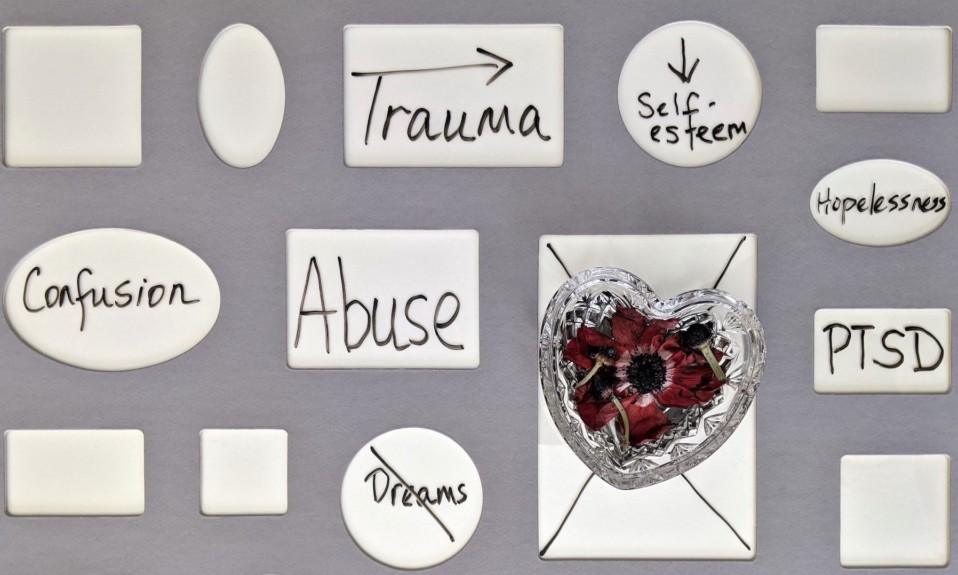Developed in the 1970s, somatic experiencing is a naturalistic treatment for trauma
By Robb Kelly, PhD
The word “trauma” is bandied about frequently these days in mental health circles. Yet if you were to ask different people what trauma is, you’d likely get a different answer from each. The most basic definition of trauma is that it’s a deeply disturbing or distressing experience. There are a few broad categories that easily fit this definition, such as experiencing war, surviving an airplane crash or being a victim of physical or sexual abuse. But trauma also can result from being subjected to a critical parenting style, bullying, emotional abandonment, marital discord or other forms of family dysfunction. The brain can’t tell the difference between a war in Afghanistan and a war in the home. Trauma is anything that disrupts our sense of safety and can disturb the normal functioning of the nervous system.
This dysfunction can stop you from completely processing your thoughts, feelings and experiences. As a result, the body might continue to respond as if it is under threat well after the event has ended. Somatic experiencing contends that negative symptoms of trauma such as anxiety, hypervigilance, aggression and shame result from denying the body the opportunity to fully process the traumatic event. Somatic experience therapy can get the person back to some sort of normality by helping you to listen to what your body is trying to say.
Somatic experiencing is a body-centered therapeutic approach that can be used to help someone become “unstuck” in the fight, flight or freeze response.
Have you ever felt a tightness in your chest or churning in your stomach when recalling a bad experience? What about that “gut feeling” that you can’t explain? Our physical body is constantly communicating to us, but we tend to ignore these messages.
Defining Somatic Experience Therapy
Somatic experience therapy was started by Peter A. Levine, PhD, in the 1970s and has been successful in the treatment of trauma. Somatic experiencing is a body-centered therapeutic approach that can be used to help someone become “unstuck” in the fight, flight or freeze response. Dr. Levine developed the idea by observing wild animals recover physically from a stressful event by releasing the energy accumulated from the experience. If a deer gets clipped by a passing car but doesn’t die, it will stay down for a minute and then rise on all fours. The next move is to shake violently for a few seconds, and then the animal simply carries on with the day, provided it isn’t physically injured. When the deer shakes violently, it is releasing the trauma of being hit by the car.
Trauma can lead to many sorts of unhealthy coping mechanisms, including the use of alcohol and drugs to numb emotions.
Humans don’t do this. We store up our emotional and physical pains for weeks, months and even years, distorting our thought patterns and battering our central nervous system. Trauma can lead to many sorts of unhealthy coping mechanisms, including the use of alcohol and drugs to numb emotions. Once you cross over from self-medication to addiction, you run the risk of never learning to deal with the underlying emotions.
Speaking from Personal Experience …
Before achieving sobriety, I was a hopeless, chronic alcoholic. I was well into my 40s before I grasped the connection between trauma and my alcoholism. Even with my advanced training in psychology, I didn’t quite see the connection. I knew that things from my past bothered me, but it was easier to just not discuss or dwell on them. Trauma, however, isn’t so easily put off. Trauma leads to fear-based thinking, which is as toxic as drugs and alcohol on our bodies and minds.

I came to understand that I suffered from post-traumatic stress disorder (PTSD). The intrusive and unwanted memories, negative thinking, exaggerated response to being startled, and avoidance were all symptoms that left me feeling like I had no control. I was in a perpetual state of fight or flight, as my subconscious brain was highly activated. Trauma therapy was a turning point for me in my internal battle. Allowing these unwanted thoughts and memories—even the most painful ones—to be experienced enabled me to take control of my emotional state.
Not everyone who suffers trauma will experience the debilitating effects of it, but I have yet to meet someone with substance use disorder who doesn’t have trauma. In addiction recovery, it’s imperative that underlying trauma be brought to light and worked through. I call it “returning to the scene of the crime.” I have used somatic experience therapy in my own recovery and in my practice. I’ve found it to be an effective extended therapeutic tool to help people struggling with the symptoms of trauma.
Rob Kelly, PhD, leads the Robb Kelly Recovery Group, which provides an array of life-coaching services for addiction recovery and mental wellness.
Top photo: S Magaj














